There’s a saying, “Never meet your heroes.” The same can often be said for iconic cars: “Never drive your heroes.” These cars may look like a million bucks, and some are worth millions, but their driving experience often needs to be more appealing to their stunning appearances.
With fancy looks come high expectations for performance, handling, and reliability. Many of these cars appear capable of tearing through space and time, but in reality, they can barely contain themselves and will often leave you disappointed.
Nonetheless, they each have their own reasons for being on this list. Let’s get into the details of what makes these cars iconic and terrible to drive at the same time.
1. DMC 12 Delorean
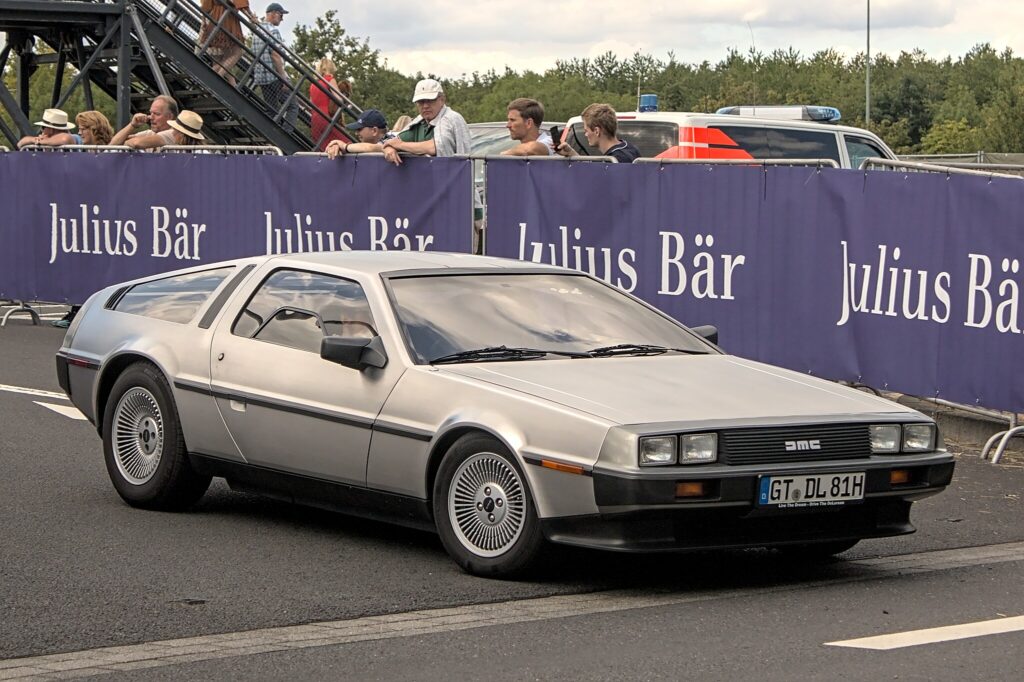
First on the list is none other than Marty McFly’s choice from the movie “Back to the Future”: the DeLorean DMC-12. This stainless steel-bodied, gull-wing-doored, mid-engined two-seater sports car boasts a 0-60 time of 10.5 seconds. However, it suffers from an outdated and underpowered 2.85-liter V6 engine producing only 130 hp. Additionally, the car is quite heavy due to its stainless steel panels. It is not known for precision and sharp handling, making it unpleasant to drive. Despite its iconic appearance, the DeLorean DMC-12 is most likely the slowest car on this list.
2. 1969 Dodge Charger
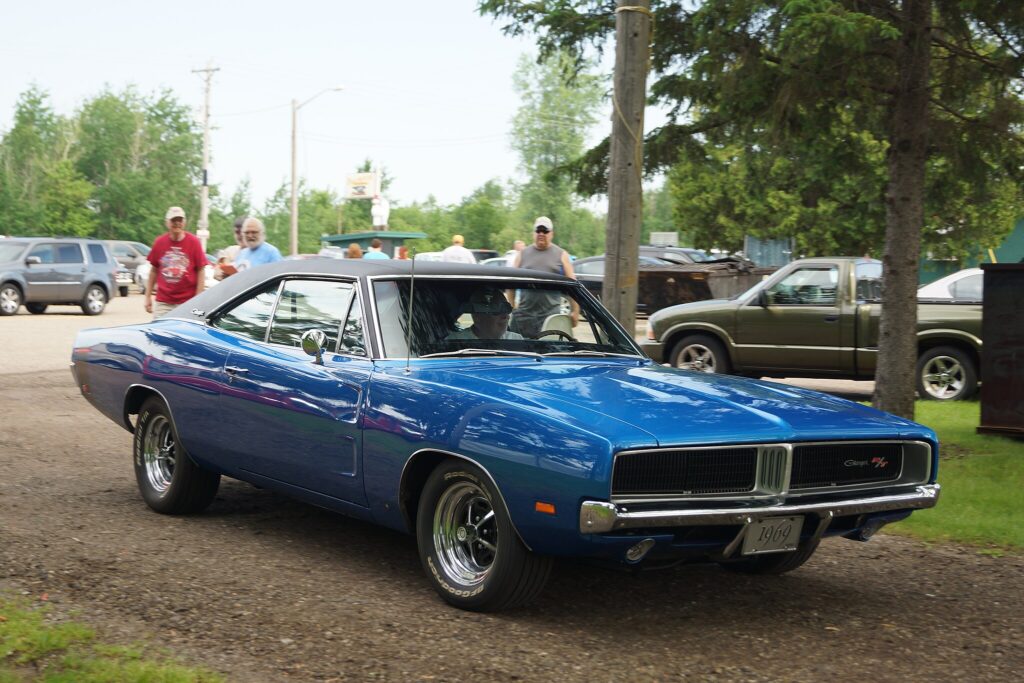
The ’69 Charger was the definition of a badass muscle car, known for its boxy design and menacing looks. It offered an optional Hemi V8, capable of producing an impressive 425 hp, and was very quick completing the 0-100 dash in 5.4 seconds. However, its long wheelbase, an outdated suspension setup, and immense body roll made it challenging to handle on corners, often turning tight driving situations into a comedy of errors. Despite this, the ’69 Charger remains an iconic symbol of American muscle car culture
3. 1965 Ford Mustang
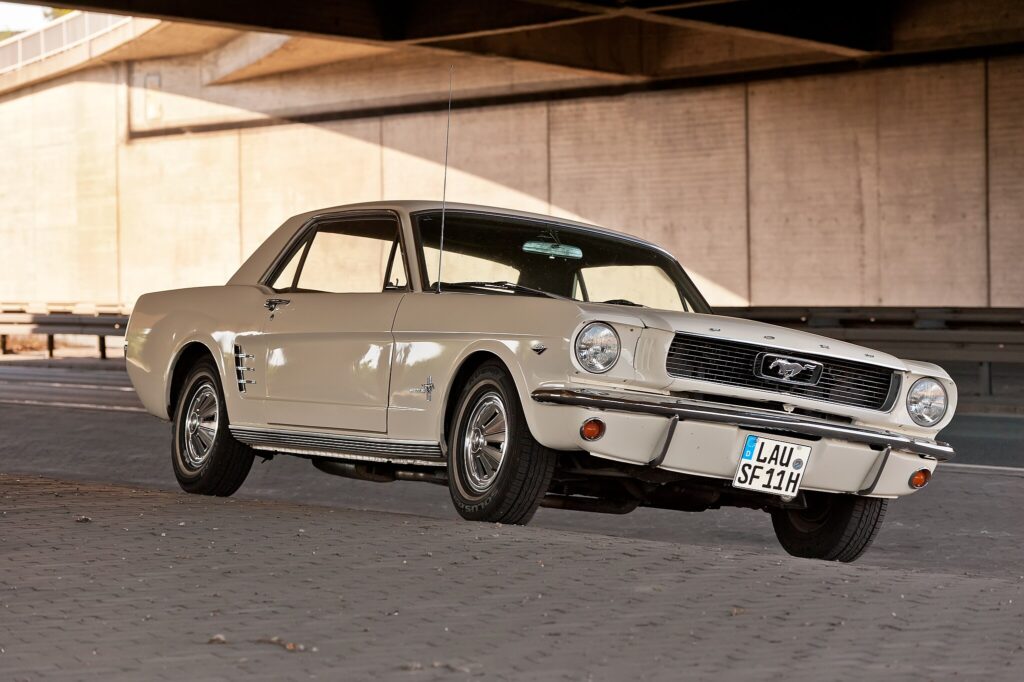
The first mainstream muscle car that started the whole muscle car race is a legend in its own right. It’s no surprise that it became a pop culture icon thanks to its movie car status and overall popularity. The original Mustang, introduced in 1964, came with engine options like the 2.8 Liter inline-six, producing only 105 hp, and the 4.7 Liter V8, offering up to 271 hp. As a result, the Mustang couldn’t keep up in a straight line with the big boys from Chevrolet, Chrysler, Dodge, and Pontiac that were producing more than 350 Horsepower. What’s more, it is known for having outdated coil springs and a wishbone suspension setup, with early models featuring four-wheel drum brakes that faded quickly under heavy use. Despite these issues, the Mustang’s legacy and impact on the automotive world are undeniable, with over a million units sold within the first two years of its release.
4. 1974-1990 Lamborghini Countach
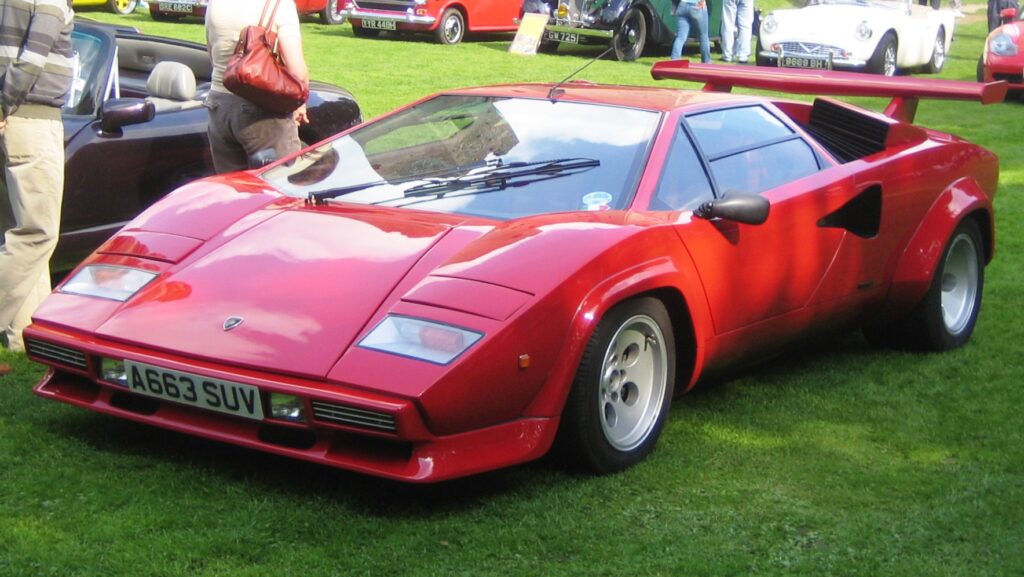
The Lamborghini Countach was one of the most striking-looking cars of the century. Its design was so ahead of its time that it became the poster car of choice for teenagers in the 70s, 80s, and 90s. The Countach also came with a 4.8-liter V12 that produced 449 horsepower in the later versions. Despite its spaceship-like appearance, it was a pain to drive. The clutch was extremely hard, making it difficult to operate smoothly. The air-conditioning was notoriously poor, leading to an uncomfortably hot cabin. Rear visibility was virtually non-existent, making parking and reversing a challenge. Additionally, the handling characteristics were sub-par, detracting from the overall driving experience.
5. 1975 Ferrari 308 GTB
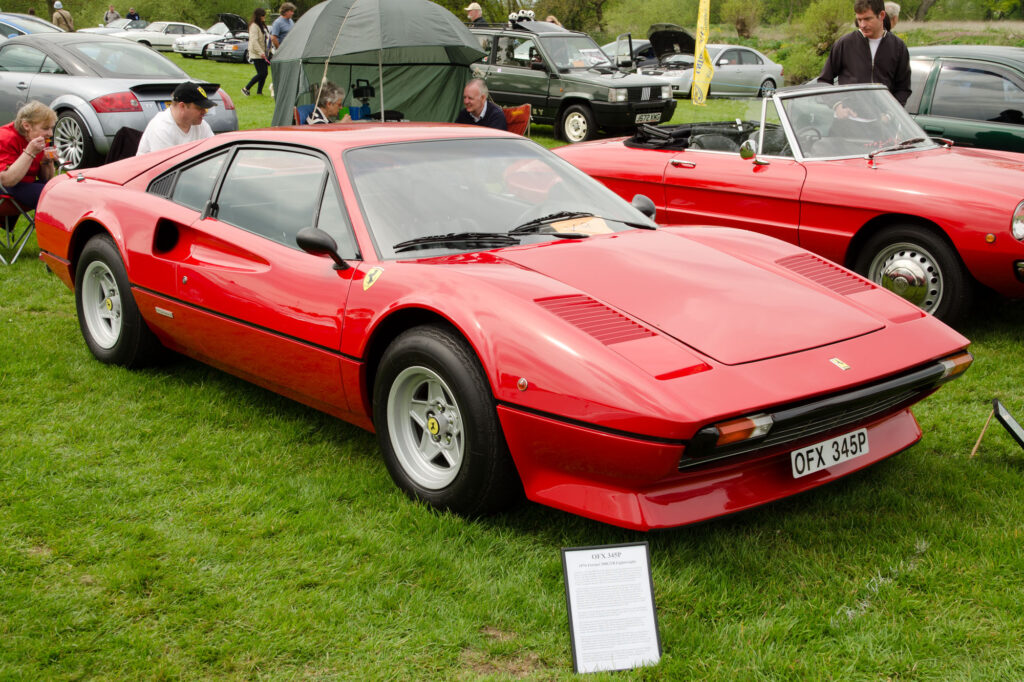
The Ferrari 308 GTB, though celebrated for its iconic Italian design, had its share of drawbacks in terms of daily usability. Equipped with carburetors in early models, the engine demanded frequent tuning and adjustment, which could compromise performance consistency. Although its mid-engine layout offered superb balance, its handling dynamics might not match the precision of modern sports cars, with steering feel sometimes falling short of contemporary standards. Additionally, the soft suspension setup made it more of a grand tourer than a mid-engined sports car, which it advertised to be. Additionally, its flat-plane crank V8 produced a less-than-sonorous sound, further contributing to its lack of driving charm.
6. Shelby Cobra
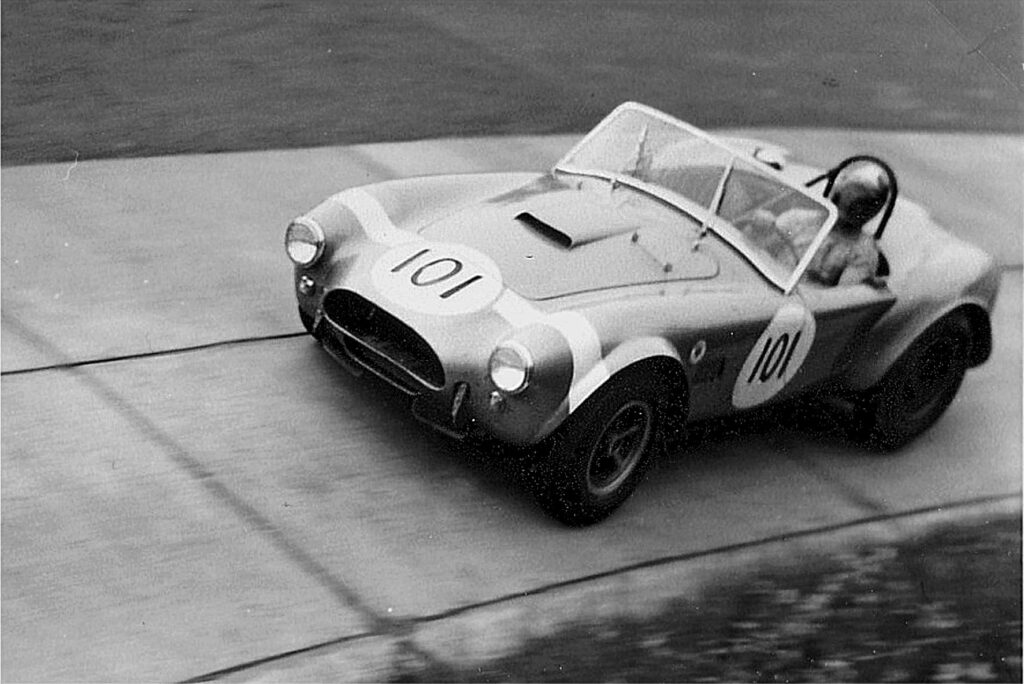
The Shelby Cobra, a true legend in automotive history, boasts a sleek design and a potent 7.0 liter V8 engine producing a whopping 485 horsepower. However, its raw power can be challenging to handle, especially in adverse conditions. With its rudimentary suspension and extremely poor weight distribution, it demands a skilled driver to fully exploit its capabilities. It is widely known as one of the scariest cars to drive fast. Despite its challenges, the Cobra remains a symbol of performance and craftsmanship, cherished by enthusiasts for its charisma and racing heritage.
7. Lamborghini LM002

Next up on the list is the Rambo Lambo, known for its macho looks, stunning V12 engine from the Countach supercar, and overall ruggedness. The LM002 is possibly the original Super SUV. However, being an 80s SUV, it is obnoxious to drive. The handling and dynamics are more inspired by Lamborghini’s tractor division than its supercar division. It is known for having one of the hardest clutches, an extremely stiff ride, and weighing over 6,700 pounds. The LM002 was also overly complicated and suffered from reliability issues, largely due to the 70s Italian electrics. Despite these shortcomings, it remains one of the coolest SUVs ever made. Even Pablo Escobar had one.
8. Hummer H1

The Hummer H1, originally developed for military use, is an iconic symbol of ruggedness and off-road capability. With its imposing presence, massive dimensions, and robust construction, the H1 is designed to conquer challenging terrain with ease. However, despite its formidable exterior, the H1 is often criticized for its underpowered powertrain. Its original diesel engine, while reliable, lacked the horsepower and torque needed to propel such a heavy vehicle with agility. This resulted in sluggish acceleration and poor fuel efficiency, further highlighting the H1’s shortcomings for on-road driving. Despite these drawbacks, the Hummer H1 remains a legendary off-road vehicle, revered for its unparalleled capability and commanding presence.
9. Jaguar XJ220

The Jaguar XJ220 was a passion project for Jaguar engineers, inspired by their victory at the 24 Hours of Le Mans. Determined to break the production car speed record, they set their sights on a top speed of 220 mph. Originally advertised with a V12 engine and a 4-wheel drive system, the XJ220 had to settle for a 2-wheel drive Turbo-V6 from an MG rally car, which disappointed many due to its turbo-lag and overall lack of refinement. Despite the engineering prowess, it only managed to achieve a top speed of 213 mph, falling short of their ambitious target by 7 mph. Compromises made in pursuit of the speed record, particularly in the handling department, resulted in sub-par driving dynamics, detracting from the overall driving experience
11. Dodge Challenger Hellcat
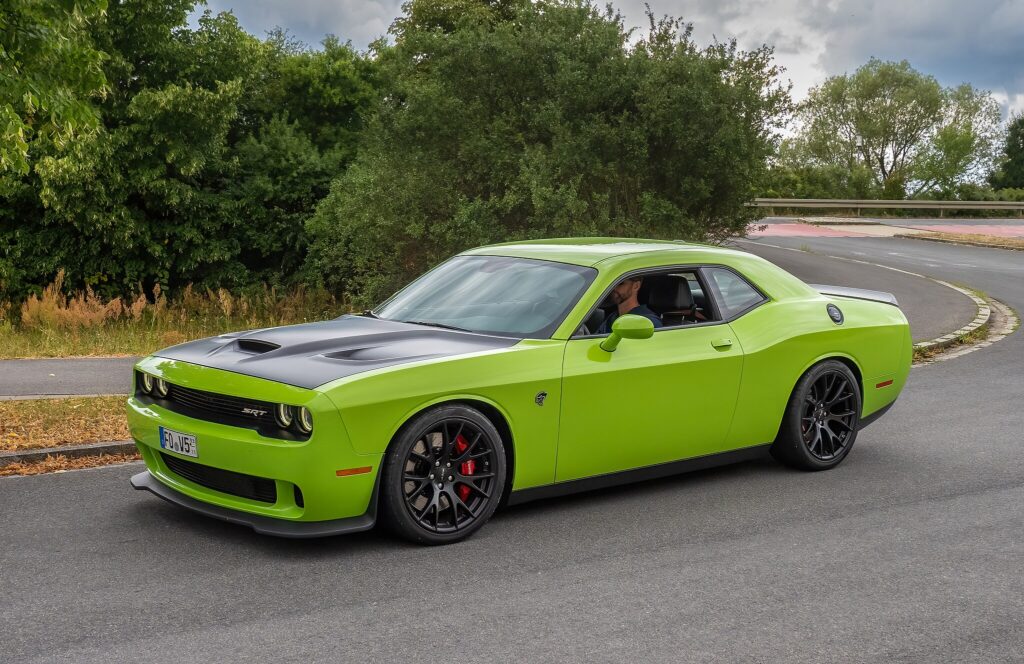
The Dodge Challenger Hellcat has earned its place as an icon in modern American automotive culture, often celebrated in various songs and media. With its impressive 707 horsepower supercharged Hemi V8 engine, it commands attention and respect, particularly in straight-line performance. However, when it comes to handling twisty roads, the Challenger’s substantial weight, coupled with its less refined dynamics and outdated platform, can lead to a less satisfying driving experience.
11. Tesla Model S Plaid
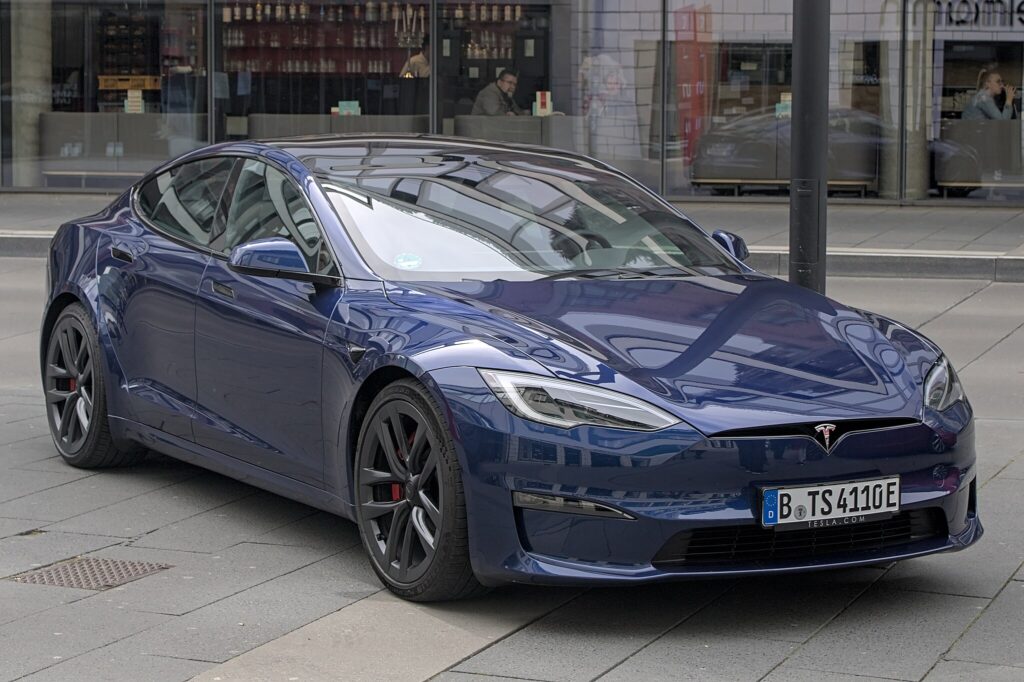
The Tesla Model S Plaid stands out as one of the fastest sedans ever manufactured, showcasing the remarkable potential of electric propulsion. Featuring a powerful all-electric 1020hp Tri-motor setup, it achieves the 0 to 60 mph sprint in under 2 seconds, setting a new benchmark for acceleration. However, while it excels in straight-line speed and record-breaking feats, its design priorities result in certain drawbacks. Its performance is somewhat limited in sustained driving, as evidenced by overheating issues after completing just one lap at the Nurburgring. Additionally, its considerable weight compromises its handling capabilities, detracting from its overall agility on the road. It is safe to call it a one-trick pony in terms of performance.
12. Aston Martin DB5
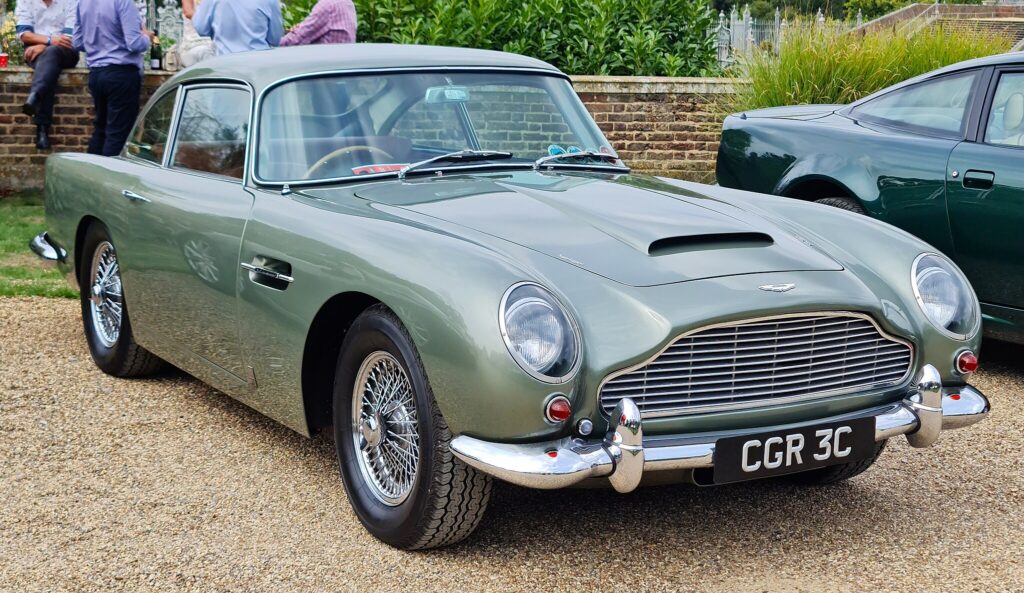
Next on the list is the iconic Aston Martin DB5, renowned for its timeless elegance, association with James Bond, and sophisticated performance. The DB5 is often hailed as one of the most beautiful cars ever produced, featuring sleek lines and a distinctive grille. Its 4.0-liter inline-six engine delivers smooth power and a satisfying exhaust note, providing an exhilarating driving experience. However, despite its luxurious image, the DB5 can be challenging to drive. Its handling, while adequate for its time, lacks precision and agility. The steering can feel heavy and somewhat disconnected, requiring a firm hand to navigate tight corners.
13. Ferrari Testarossa
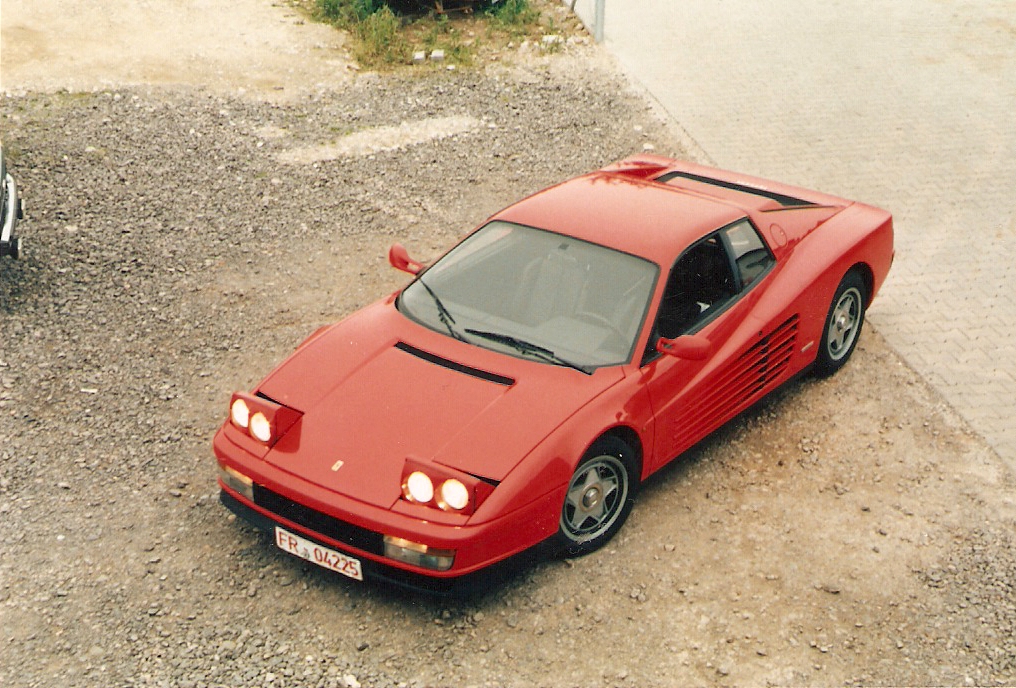
Next on the list is the Ferrari Testarossa, a symbol of 1980s automotive excess and Italian flair. With its distinctive side strakes, wide rear stance, and aggressive lines, the Testarossa is instantly recognizable and remains a poster car for enthusiasts worldwide. Powered by a 4.9-liter flat-12 engine producing around 390 horsepower, the Testarossa offers exhilarating performance, capable of reaching speeds of over 180 mph. However, despite its supercar status, the Testarossa has its drawbacks. Its wide dimensions and low-slung design make it challenging to maneuver in tight spaces, and the massive rear pillars hinder the rear visibility. Additionally, the Testarossa’s driving experience can be demanding, with heavy steering and a firm ride that transmits every bump and imperfection in the road.

